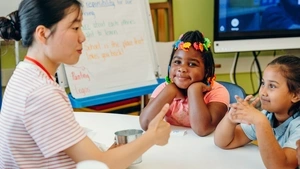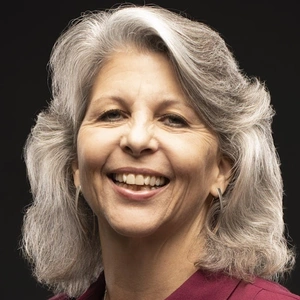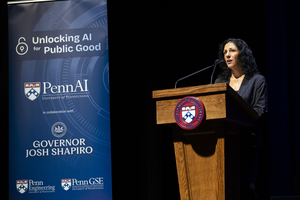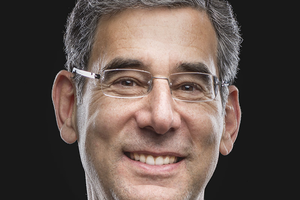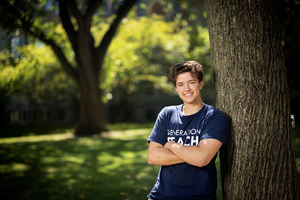Faculty Expert
For the last six weeks, Henry C. Lea Elementary in West Philadelphia has been humming with excitement and energy as students joyfully engage with interesting, colorful educational content. The activity is part of a joint pilot led by the Barbara and Edward Netter Center for Community Partnerships and Penn GSE, which has kids from kindergarten to third grade engrossed, immersed, and learning.
“The last two years [gave] us a lot of information about what works and what doesn’t. Really listening to the teachers and being creative about how instructional teams could be built for closer support of kids were really at the heart of this new model,” said Caroline Watts, a senior lecturer, and director of Penn GSE’s Office of School and Community Engagement (OSCE).
Although this is the third summer of the Netter Center and Penn GSE collaboration, the program is being considered a pilot. That’s because this year, the learning model was radically altered. Instead of 45-minute blocks modeled to be like regular classes, students now cycle through stations within the classroom and work through smaller, more gamified tasks.
Watts and her OSCE colleague Julie Berger explained that each of the classrooms in the pilot — which is also running at Sayre High School for students from the Andrew Hamilton School — is led by a team of five adults, including veteran teachers, Netter group leaders, and Penn GSE students and alums. The rooms are set up with stations that center on reading, writing, math, and art, and students spend their days moving around to each.
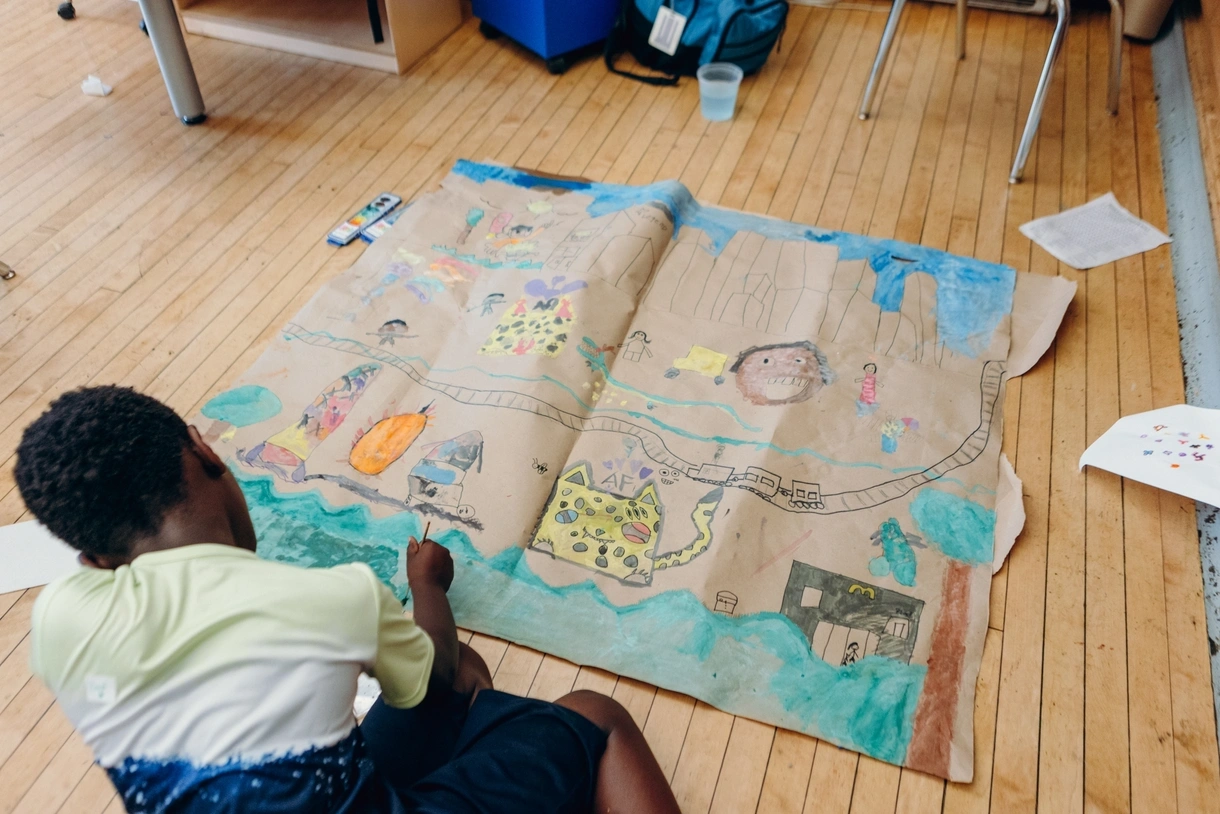
During a recent visit to the third-grade classroom at Lea, students at a math station competed in a version of Connect Four that required surprisingly advanced mathematical strategy. Nearby, another student was sitting on the floor, thoughtfully contributing to a large class art project tied to a reading assignment. And interestingly, there was an almost total lack of tech in the room, which is intentional.
The changes were based on a considerable amount of feedback. While the first two years of the summer learning initiative were productive, teachers and paraprofessionals suggested that the program's design should be more individualized.
“The idea, initially, was we were coming back from Covid, and we had a bunch of students, including a bunch of students who had spent their entire kindergarten year online, or had never been face-to-face with teachers, [and they were] going to be returning to school buildings [after] having a significant amount of that time spent on Zoom,” said Joy Anderson-Davis of the Responsive Math Teaching Project at Penn GSE, who helped design the program.
But three years in, they’ve had in-person instruction. The goals are different. And so is their attention span and ability to focus.
Simply put, kids know that summer is happening outside, meaning they need a lot of movement and differentiation to keep them interested. The new model goes a long way in ensuring students are not distracted.
Tonya Ware, a 20-year veteran teacher at Lea helping run the third-grade classroom, says the new model has helped better manage student behavior and generate engagement.
“The Netter Center's University-Assisted Community Schools (UACS) implements year-round programming—school day, after school, and summer. This successful, ongoing summer collaboration between Penn GSE and Netter can continue to grow,” said Bianca del Rio, Executive Director of UACS at the Netter Center. “Moreover, it can inform and help develop school-year programming. We are excited about continuing our work together and staying closely engaged not only with the students but also with our school day teacher and family/caregiver partners.”
Learn more about the Netter Center and its work in the community on the Center’s website. And find out more about what Penn GSE is doing across Philadelphia by exploring our interactive heat map of programming.
Media Inquiries
Penn GSE Communications is here to help reporters connect with the education experts they need.
